Understanding what "BPA-Free" means is crucial for your health. BPA, or Bisphenol A, is a chemical used in manufacturing plastics and resins. Concerns about its safety have led to a significant shift towards BPA-free products. Many consumers, about 48%, find it important to see BPA-free labels when shopping. This shift reflects growing awareness of potential health risks associated with BPA, such as hormonal disruptions. Manufacturers have responded by flooding the market with BPA-free options, making it easier for you to make safer choices.

Image Source: GREYLOCK BOTTLES
Key Takeaways
-
What is BPA?
-
Why BPA-Free Matters
-
Are BPA-Free Products Safe?
-
Recommendations for BPA-Free Living
-
How to Identify BPA-Free Products
-
The Future of BPA-Free Products
-
Common Misconceptions About BPA-Free
-
FAQ
What is BPA?
Definition of BPA
BPA, or Bisphenol A, is a synthetic compound used in the production of certain plastics and resins. Manufacturers have utilized BPA since the 1960s to create durable and clear materials. You often encounter BPA in everyday items like water bottles, food containers, and even the linings of canned goods. Its chemical structure allows it to mimic estrogen, a hormone in your body, which raises concerns about its potential health effects.
Common Uses of BPA
You might find BPA in a variety of consumer products. It is prevalent in:
-
Polycarbonate Plastics: These are used for making water bottles, baby bottles, and other food storage containers.
-
Epoxy Resins: These resins coat the inside of metal products, such as food cans, bottle tops, and water supply pipes.
-
Thermal Paper: Receipts and tickets often contain BPA due to its role in developing the print.
These applications highlight BPA's versatility and widespread use, making it a common component in many items you use daily.
Health Risks Associated with BPA
The health risks associated with BPA have been a subject of extensive research. Studies have linked BPA exposure to several adverse health outcomes. BPA acts as an endocrine disruptor, interfering with your body's hormonal balance. This disruption can lead to reproductive issues, infertility, and even hormone-dependent tumors. Research also suggests that BPA exposure may contribute to cardiovascular disease, diabetes, and obesity. Additionally, BPA's impact on fetal brain development and children's behavior raises significant concerns.
Despite BPA being quickly metabolized and eliminated from your body, the potential for repeated exposure through various sources remains a health concern. The shift towards BPA-free products reflects a growing awareness of these risks, encouraging you to make informed choices for your health and well-being.
Why BPA-Free Matters
Health Benefits of Avoiding BPA
Choosing BPA-free products can significantly impact your health. BPA, a known endocrine disruptor, can interfere with your hormonal balance. This interference may lead to reproductive issues, infertility, and even certain cancers. Studies have shown that BPA exposure is linked to developmental problems and cardiovascular diseases. By opting for BPA-free products, you reduce your risk of these health concerns. You also protect your children from potential developmental issues associated with BPA exposure.
Scientific Research Findings:
-
Research on Health Effects of BPA Exposure highlights BPA's link to reproductive issues and developmental problems.
-
Detrimental Health Effects of BPA associates BPA with diabetes, asthma, and obesity.
Avoiding BPA can also benefit your mental health. Some studies suggest that BPA exposure may affect brain development and behavior, particularly in children. By choosing BPA-free options, you contribute to a healthier environment for your family.
Environmental Impact of BPA-Free Products
BPA-free products not only benefit your health but also positively impact the environment. BPA can leach into soil and water, affecting wildlife and ecosystems. Studies have documented negative effects of BPA on wildlife, including reproductive and developmental issues in species like zebrafish and mice. By choosing BPA-free products, you help reduce the environmental burden of this chemical.
Scientific Research Findings:
-
Negative Effects of BPA on Wildlife shows BPA's detrimental impact on various species.
-
Health Concerns of BPA Alternatives raise awareness about the environmental accumulation of BPA and its substitutes.
BPA-free products often use alternative materials that are more environmentally friendly. For instance, glass and stainless steel are popular BPA-free options that do not leach harmful chemicals. By supporting BPA-free products, you encourage manufacturers to adopt sustainable practices, ultimately leading to a healthier planet.
Are BPA-Free Products Safe?
Overview of BPA Alternatives
When you choose BPA-free products, manufacturers often replace BPA with alternative chemicals. Common substitutes include Bisphenol S (BPS) and Bisphenol F (BPF). These alternatives aim to provide the same durability and clarity as BPA without its associated health risks. BPS, for instance, is frequently used in thermal papers and food contact materials in Europe. However, the safety of these alternatives remains a topic of ongoing research.
Scientific Research Findings:
-
Research on BPA Alternatives indicates that these replacements may have similar health effects as BPA.
-
Use of BPA Alternatives in Europe highlights the increasing use of BPS and BPF as BPA substitutes.
Potential Risks of BPA Alternatives
Despite being marketed as safer options, BPA alternatives may not be entirely risk-free. Studies suggest that these substitutes can also disrupt your endocrine system, similar to BPA. Research has documented negative reproductive, developmental, and metabolic effects in both wildlife and humans. For example, BPA alternatives impact reproduction in mice similarly to BPA.
Scientific Research Findings:
-
Effects of BPA Alternatives show that these chemicals can cause reproductive and developmental issues.
-
Public Health Concerns about BPA Alternatives emphasize the rapid increase in human exposure, particularly among children and infants.
The potential risks associated with BPA alternatives underscore the importance of continued research and caution when selecting products. While BPA-free options reduce exposure to BPA itself, they may still pose health concerns. As a consumer, staying informed about the materials used in your products can help you make safer choices for your health and the environment.
Recommendations for BPA-Free Living
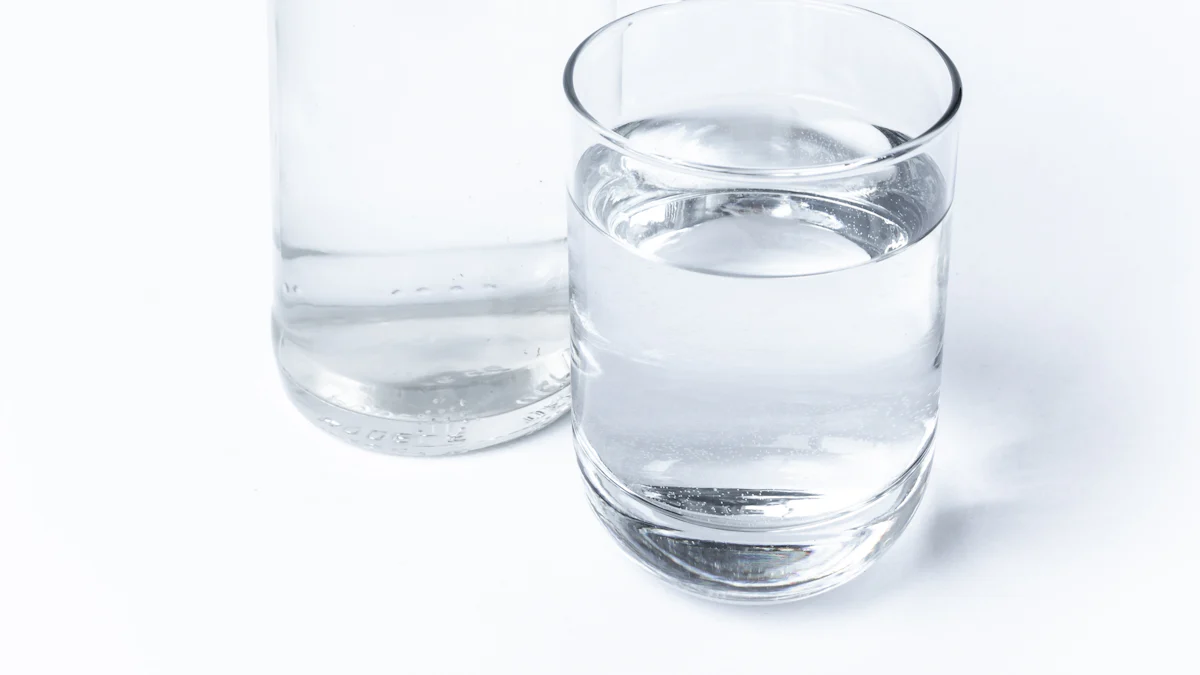
Choosing BPA-Free Products
Selecting BPA-free products is a proactive step towards safeguarding your health. When shopping, look for items explicitly labeled as BPA-free. This label indicates that the product does not contain Bisphenol A, a chemical linked to various health issues. Opt for BPA-free water bottles made from materials like stainless steel or glass. These alternatives are not only safer but also environmentally friendly. For children's hydration needs, consider BPA-free kids' water bottles. These are designed to be leak-proof and durable, ensuring safety during everyday activities.
Alternatives to Plastic: Glass and Stainless Steel
Switching to glass or stainless steel containers can significantly reduce your exposure to harmful chemicals. Glass and stainless steel do not leach chemicals into food or beverages, making them safer choices. Consider using glass or stainless steel water bottles instead of plastic ones. These materials are durable and reusable, contributing to a reduction in single-use plastics. For food storage, opt for glass food containers or stainless steel food storage containers. These options help maintain the quality of your food while minimizing chemical exposure.
Tips for Reducing BPA Exposure in Daily Life
Reducing BPA exposure involves making conscious choices in your daily routine. Here are some practical tips:
-
Avoid Microwaving Plastic: Heat can cause plastic to break down, releasing BPA into your food. Use glass or ceramic dishes for microwaving.
-
Choose Fresh or Frozen Foods: Canned foods often have BPA in their linings. Opt for fresh or frozen alternatives when possible.
-
Limit Use of Thermal Paper: Receipts and tickets often contain BPA. Minimize handling or request digital copies when available.
-
Support BPA-Free Brands: Choose products from brands committed to BPA-free manufacturing. This supports companies prioritizing consumer health and environmental sustainability.
By integrating these practices into your lifestyle, you can effectively reduce your BPA exposure and contribute to a healthier environment.
How to Identify BPA-Free Products

Identifying BPA-free products involves understanding labels and certifications that assure you of their safety. This knowledge helps you make informed choices, ensuring your health and well-being.
Reading Labels and Certifications
When shopping for BPA-free items, pay close attention to product labels. Manufacturers often mark their products with a "BPA-Free" label, indicating the absence of Bisphenol A. This label is not just a marketing tool; it reflects a commitment to consumer safety. Companies usually undergo third-party testing to verify their claims, so you can generally trust these labels.
To further ensure safety, check the recycling symbols on plastic products. Look for numbers 1, 2, or 5 within the recycling triangle. These numbers indicate safer plastics that do not contain BPA. Avoid plastics marked with recycle codes 3 or 7, as they may contain BPA unless explicitly labeled otherwise.
Certifications from reputable organizations can also guide you. Some products carry certifications from bodies that test for harmful chemicals, providing an additional layer of assurance. By understanding these labels and certifications, you can confidently choose products that align with your health goals.
Trusted Brands and Products
Choosing products from trusted brands can simplify your search for BPA-free options. Many manufacturers have responded to consumer concerns by offering a wide range of BPA-free products. Brands like Owala prioritize safety by selecting materials that meet or exceed FDA standards. Their commitment to health ensures that their products are safe for daily use.
When selecting water bottles, consider those explicitly advertised as BPA-free. While removing BPA is a positive step, be aware that other chemicals in plastics might still pose risks. Therefore, opting for brands known for their rigorous safety standards can provide peace of mind.
In addition to water bottles, explore other BPA-free products such as food storage containers and kitchenware. These items often come from brands dedicated to reducing chemical exposure, making them a safer choice for you and your family.
By focusing on labels, certifications, and trusted brands, you can effectively identify BPA-free products. This approach not only protects your health but also supports companies committed to safer manufacturing practices.
The Future of BPA-Free Products
Trends in Consumer Preferences
You, as a consumer, are increasingly aware of the potential health risks associated with BPA. This awareness has driven a significant shift in consumer preferences towards BPA-free products. Many people now actively seek out items labeled as BPA-free, reflecting a growing demand for safer alternatives. This trend is not just about personal health; it also encompasses environmental concerns. Consumers like you are more conscious of the ecological impact of their purchases, favoring products that promise reduced harm to both human health and the planet.
The market has responded to these preferences by expanding the range of BPA-free options available. You can now find BPA-free labels on a variety of products, from water bottles to food containers. This shift indicates a broader movement towards transparency and safety in consumer goods. As more people prioritize health and sustainability, the demand for BPA-free products will likely continue to rise, influencing manufacturers to innovate and improve their offerings.
Innovations in BPA-Free Manufacturing
Manufacturers have taken significant strides in developing BPA-free products. They have replaced BPA with alternative chemicals like Bisphenol S (BPS) and Bisphenol F (BPF). These substitutes aim to maintain the durability and functionality of traditional plastics without the associated health risks. However, the safety of these alternatives remains under scrutiny, prompting ongoing research and development.
Innovations in BPA-free manufacturing extend beyond chemical substitutes. Companies are exploring new materials and technologies to create safer products. For instance, advancements in bioplastics offer promising alternatives that are both BPA-free and environmentally friendly. These materials, derived from renewable sources, reduce reliance on fossil fuels and minimize ecological impact.
Manufacturers are also investing in improved production processes to ensure the safety and quality of BPA-free products. This includes rigorous testing and certification to meet consumer expectations for health and safety. As technology advances, you can expect to see even more innovative solutions that prioritize both your well-being and the environment.
Common Misconceptions About BPA-Free
Clarifying Myths and Facts
You might think that products labeled as "BPA-Free" are inherently safer than those containing BPA. However, this assumption can be misleading. The term "BPA-Free" simply indicates the absence of Bisphenol A, not necessarily the presence of safer alternatives. The Federal Trade Commission has cautioned that "free-of" claims might deceive consumers by suggesting improvements that do not exist. Manufacturers often replace BPA with other chemicals like Bisphenol S (BPS) or Bisphenol F (BPF), which may pose similar health risks.
Key Takeaway: Always research the materials used in BPA-free products. Understanding the potential risks associated with BPA alternatives is crucial for making informed decisions.
Understanding the Limitations of BPA-Free Labels
BPA-free labels can provide a false sense of security. While these labels assure you that a product lacks BPA, they do not guarantee overall safety. The absence of BPA does not mean the product is free from other harmful substances. For instance, some BPA-free plastics still contain chemicals that can leach into food or beverages, posing health risks.
Important Consideration: Look beyond the BPA-free label. Investigate the materials and manufacturing processes to ensure comprehensive safety. Trusted brands often provide detailed information about their products, helping you make better choices.
By understanding these misconceptions, you can navigate the market more effectively. Prioritize your health by staying informed and questioning the safety of all materials, not just those labeled as BPA-free.
Choosing BPA-free products offers significant health benefits. By minimizing exposure to harmful chemicals, you protect yourself and your family from potential health risks. Opt for alternatives like glass or stainless steel to reduce reliance on plastics. This shift not only enhances personal well-being but also supports environmental sustainability. Make informed choices by understanding product labels and certifications. Embrace BPA-free living as a proactive step towards a healthier lifestyle. Encourage others to adopt these practices, contributing to a safer and more sustainable future.
FAQ
What Is BPA and Are BPA Products Safe?
BPA, or Bisphenol A, is a chemical used in manufacturing certain plastics and resins. You often find it in items like water bottles and food containers. To ensure safety, choose products labeled as BPA-free. Look for recycling symbols with numbers 1, 2, or 5 on the bottom of plastic items. These numbers indicate safer plastics that do not contain BPA.
How Can You Tell if a Plastic Product Is BPA-Free?
Identifying BPA-free products involves checking for specific labels and recycling codes. Look for a "BPA-free" label on the product. Additionally, check the recycling symbol on the bottom. Numbers 1, 2, 4, or 5 indicate that the product is likely free from BPA.
When a Product Is Labeled BPA-Free, What Does It Mean?
A BPA-free label assures you that the product does not contain Bisphenol A. This label has become a standard for safety, especially for items used in food and beverage storage. By choosing BPA-free products, you reduce your exposure to this potentially harmful chemical.
What Does BPA-Free Mean?
BPA-free means that a product does not contain Bisphenol A. This assurance is crucial for items that come into contact with food and beverages, as BPA can leach into these substances and pose health risks.
How to Identify BPA-Free Products?
Manufacturers have responded to BPA concerns by creating more BPA-free products. Many of these products are clearly labeled. If a product isn't labeled, remember that some plastics marked with recycle codes 3 or 7 may contain BPA. Always check for labels or trusted certifications to ensure safety.
What Are BPA-Free Cans?
BPA-free cans do not contain Bisphenol A in their lining. These cans are labeled as BPA-free, providing a safer option for storing food and beverages. Choosing BPA-free cans helps minimize your exposure to this chemical.
Why Should You Choose BPA-Free Products?
Choosing BPA-free products helps protect your health by reducing exposure to a known endocrine disruptor. BPA can interfere with hormonal balance, leading to potential health issues. Opting for BPA-free items supports a healthier lifestyle for you and your family.
Are BPA Alternatives Safe?
While BPA-free products reduce exposure to Bisphenol A, the safety of alternatives like BPS and BPF remains under scrutiny. These substitutes may pose similar health risks. Stay informed about the materials used in your products to make safer choices.
How Does BPA Affect the Environment?
BPA can leach into soil and water, impacting wildlife and ecosystems. By choosing BPA-free products, you help reduce the environmental burden of this chemical. Supporting BPA-free options encourages manufacturers to adopt more sustainable practices.
What Are Some Alternatives to Plastic?
Consider using glass or stainless steel as alternatives to plastic. These materials do not leach harmful chemicals into food or beverages. They offer a durable and environmentally friendly option for everyday use.



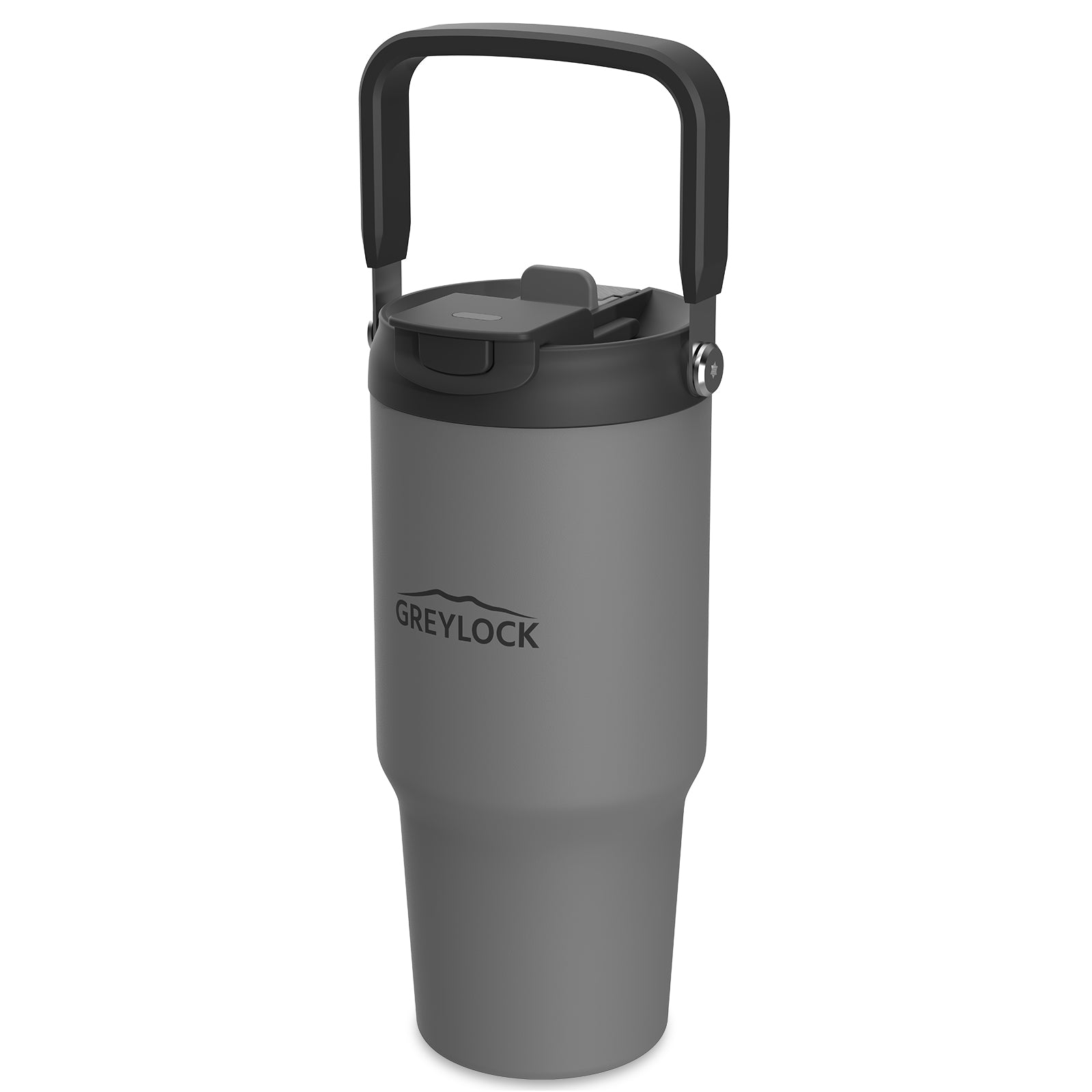
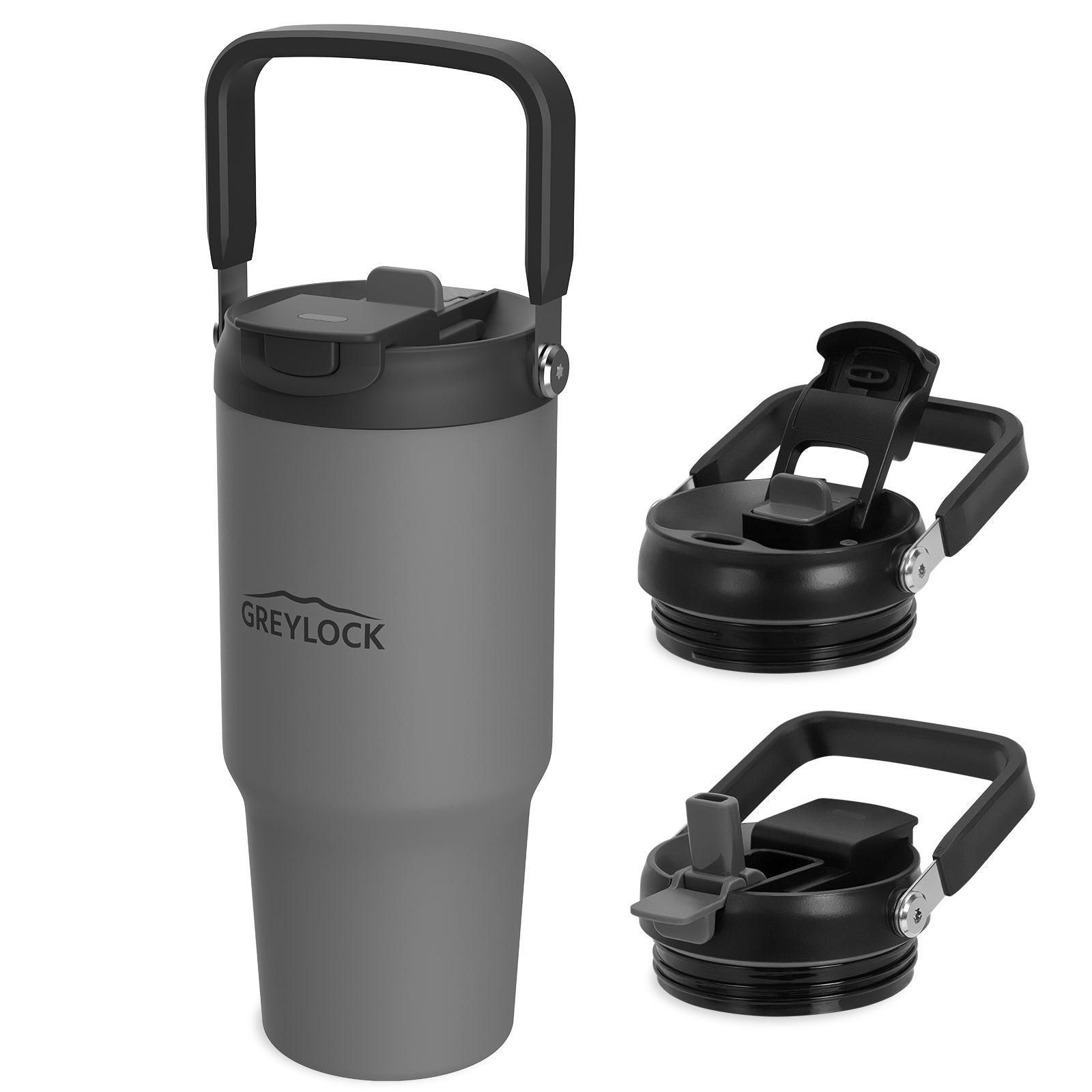
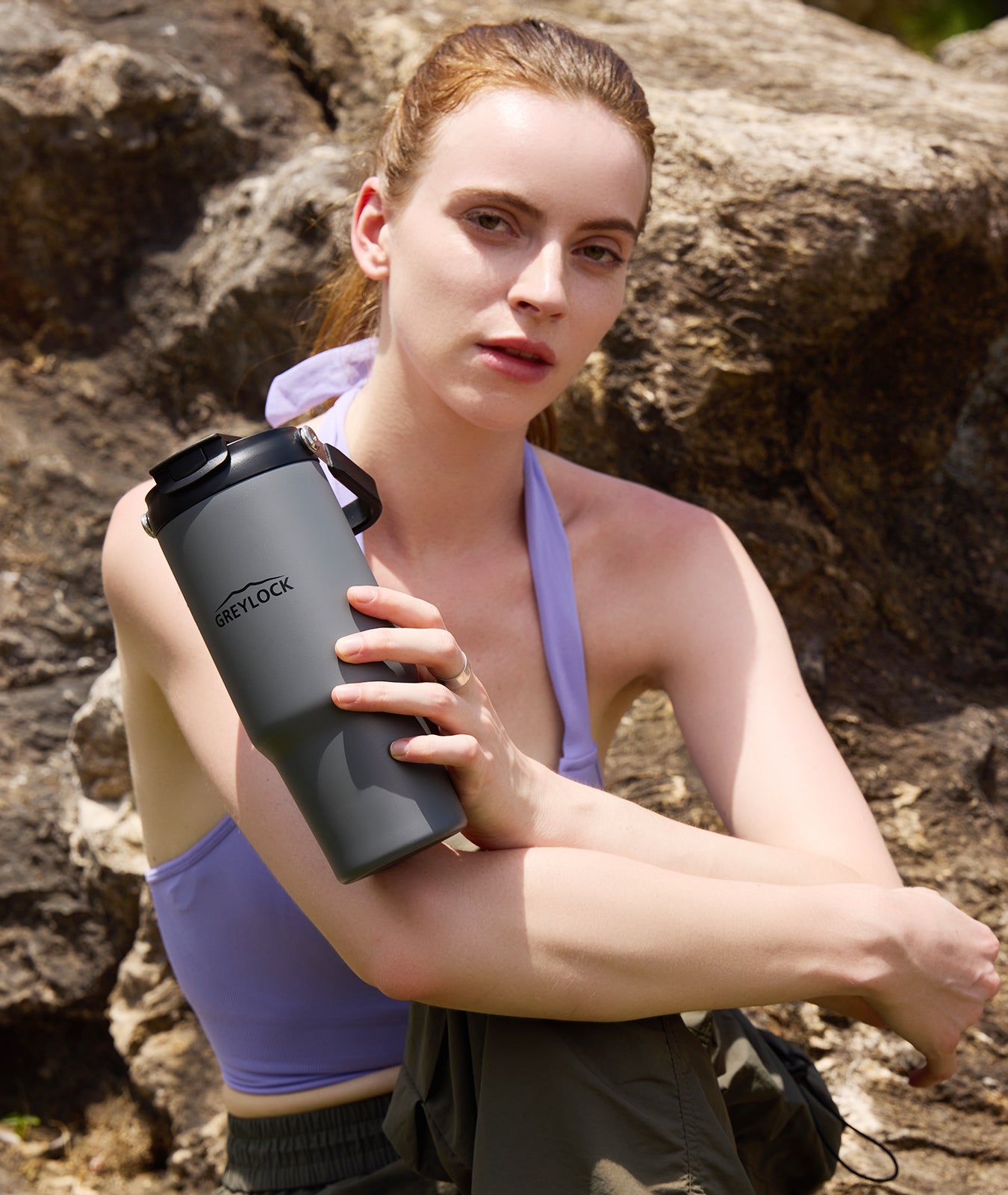
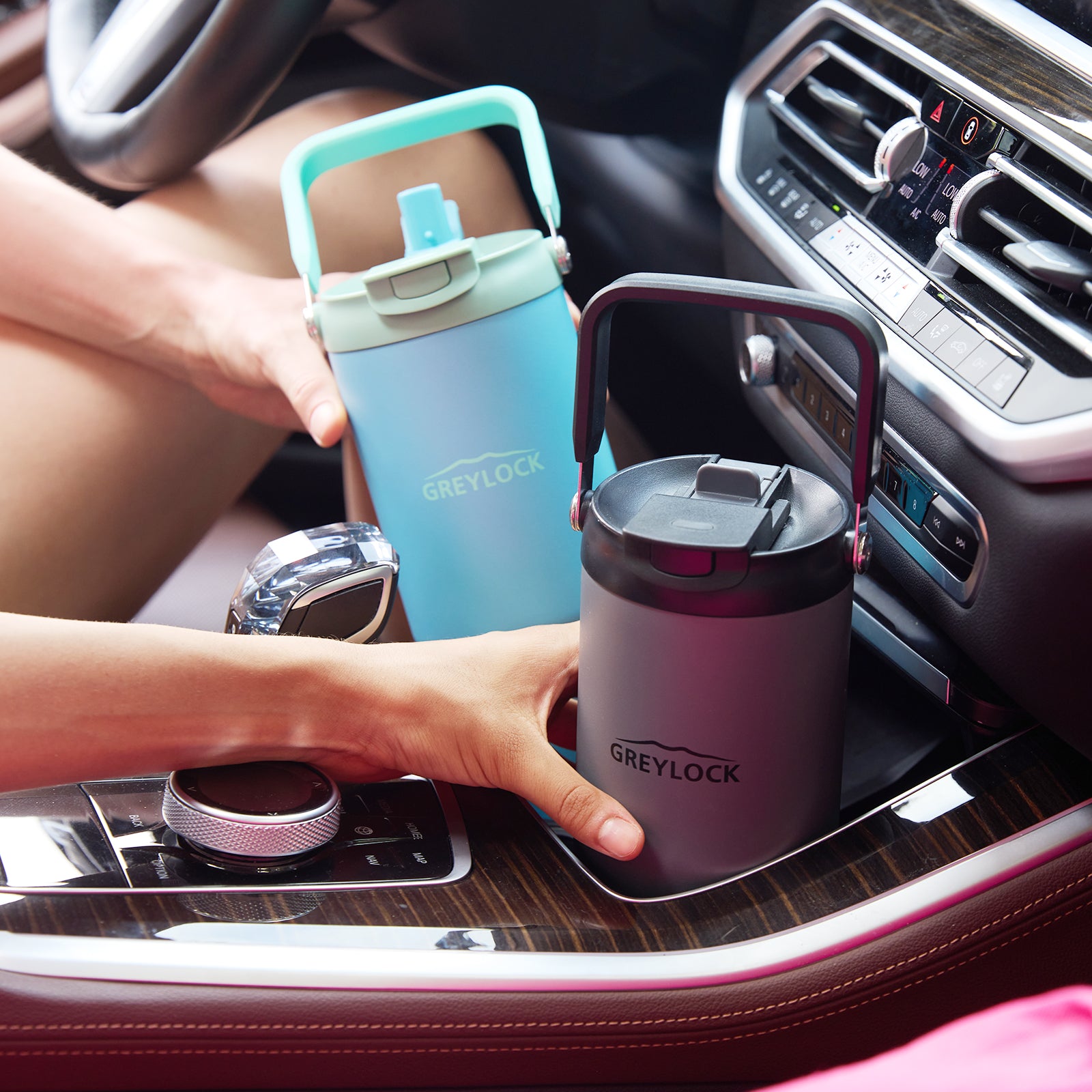
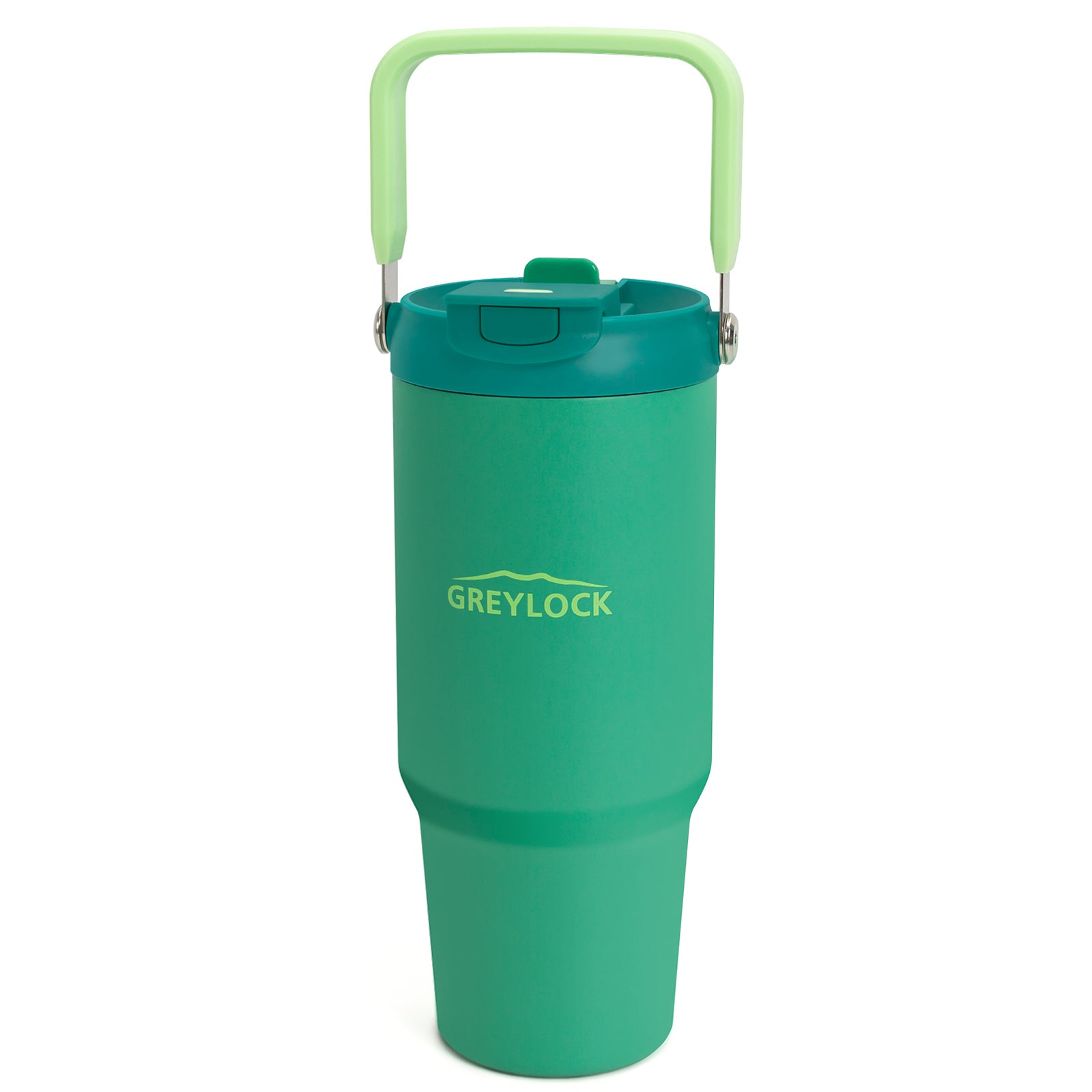
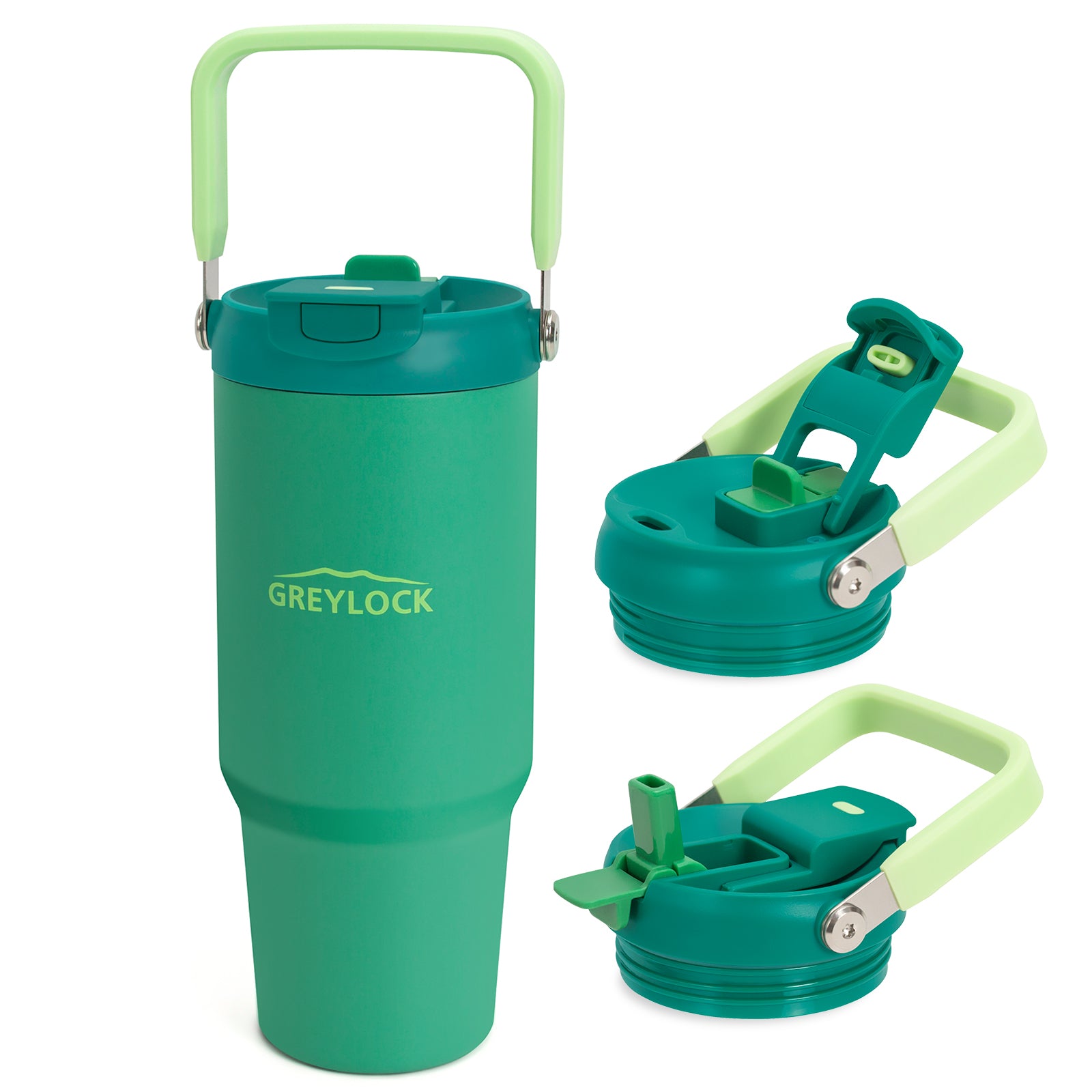

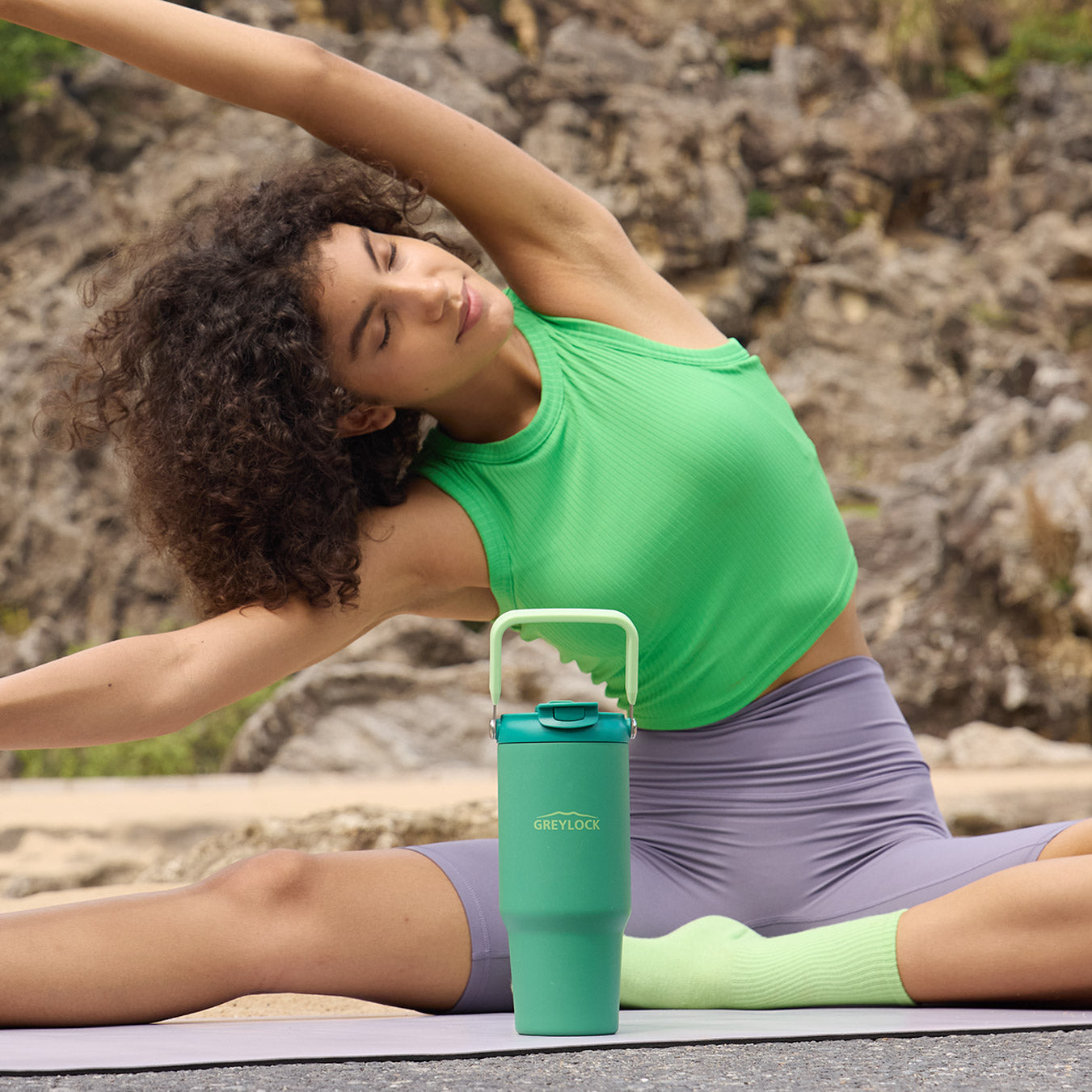
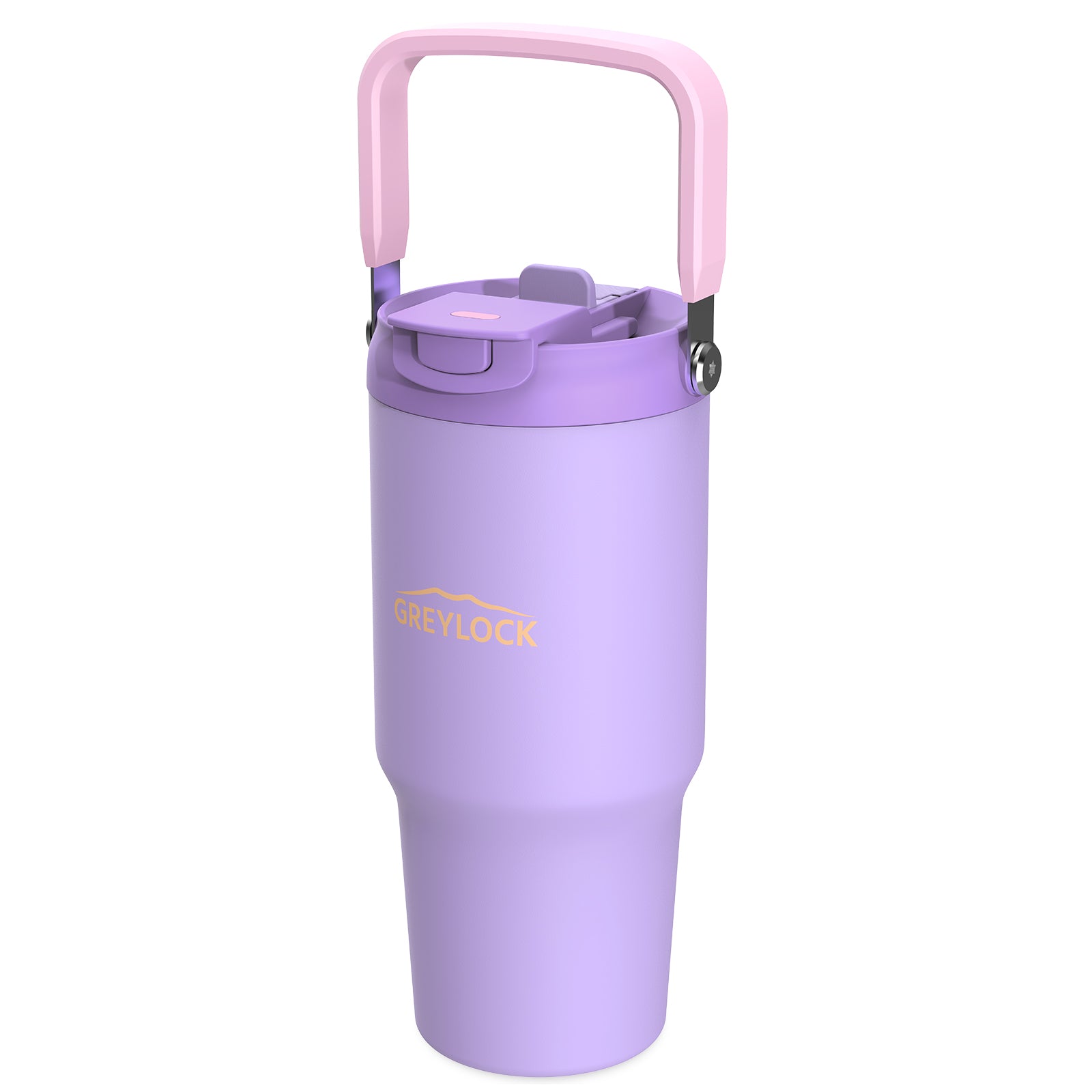
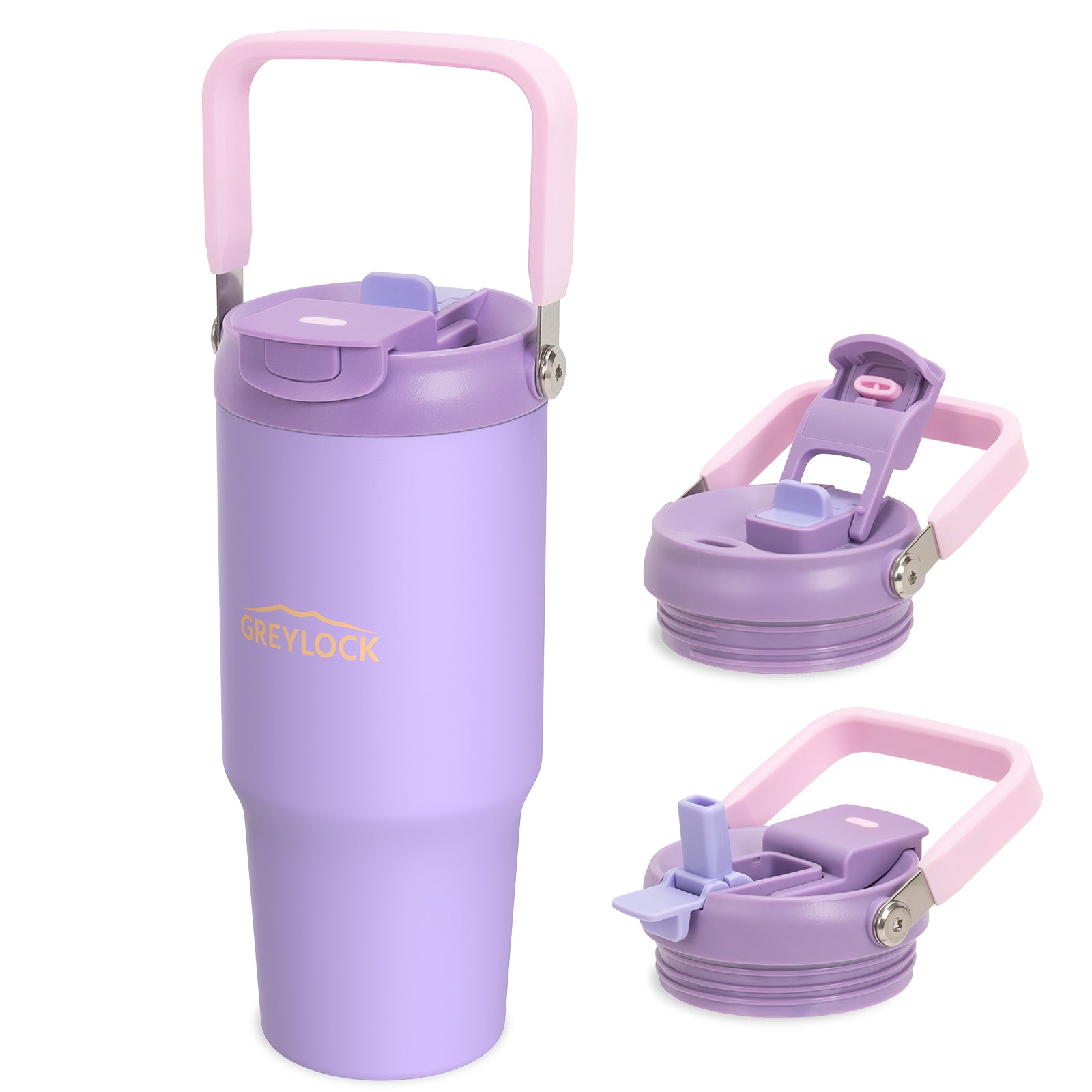


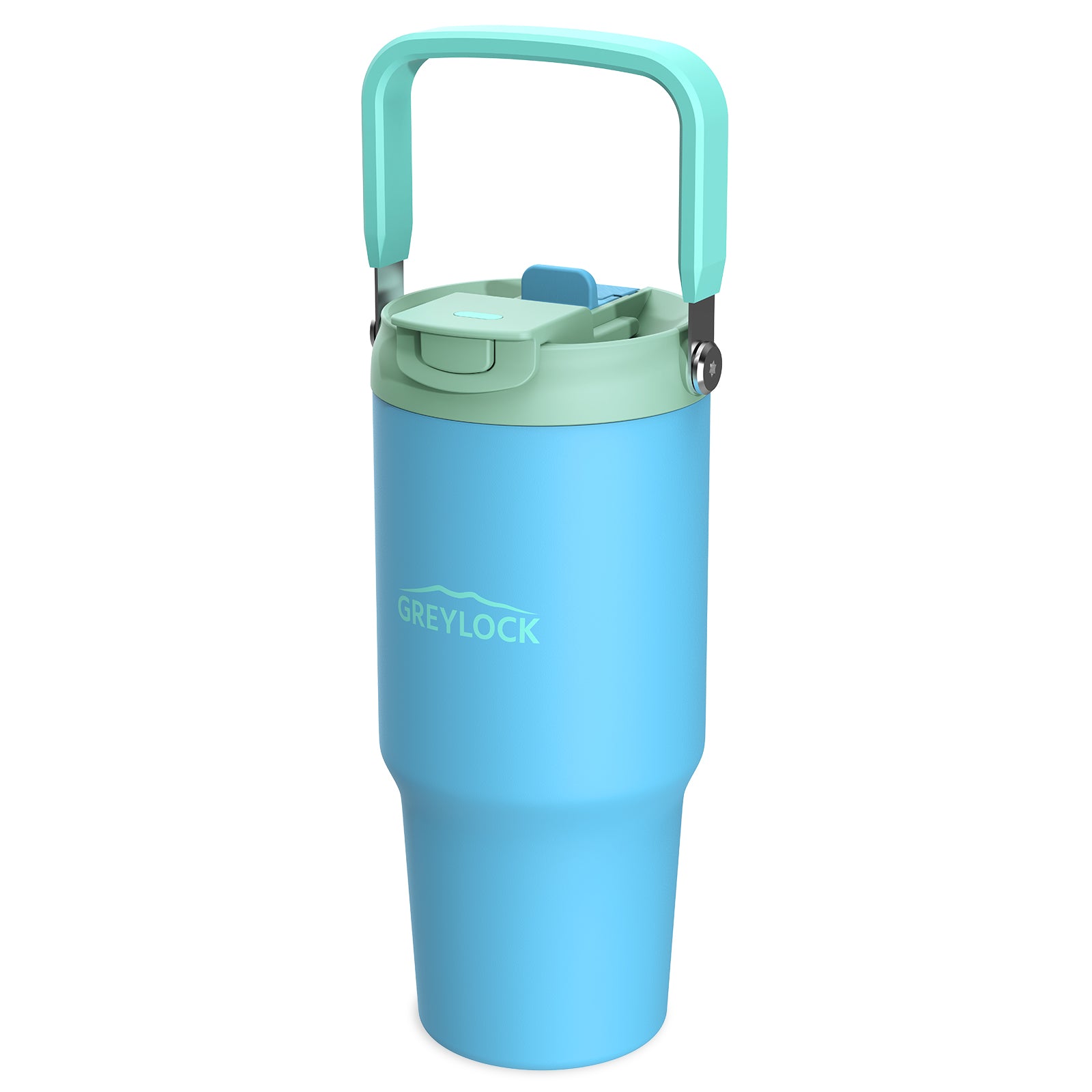
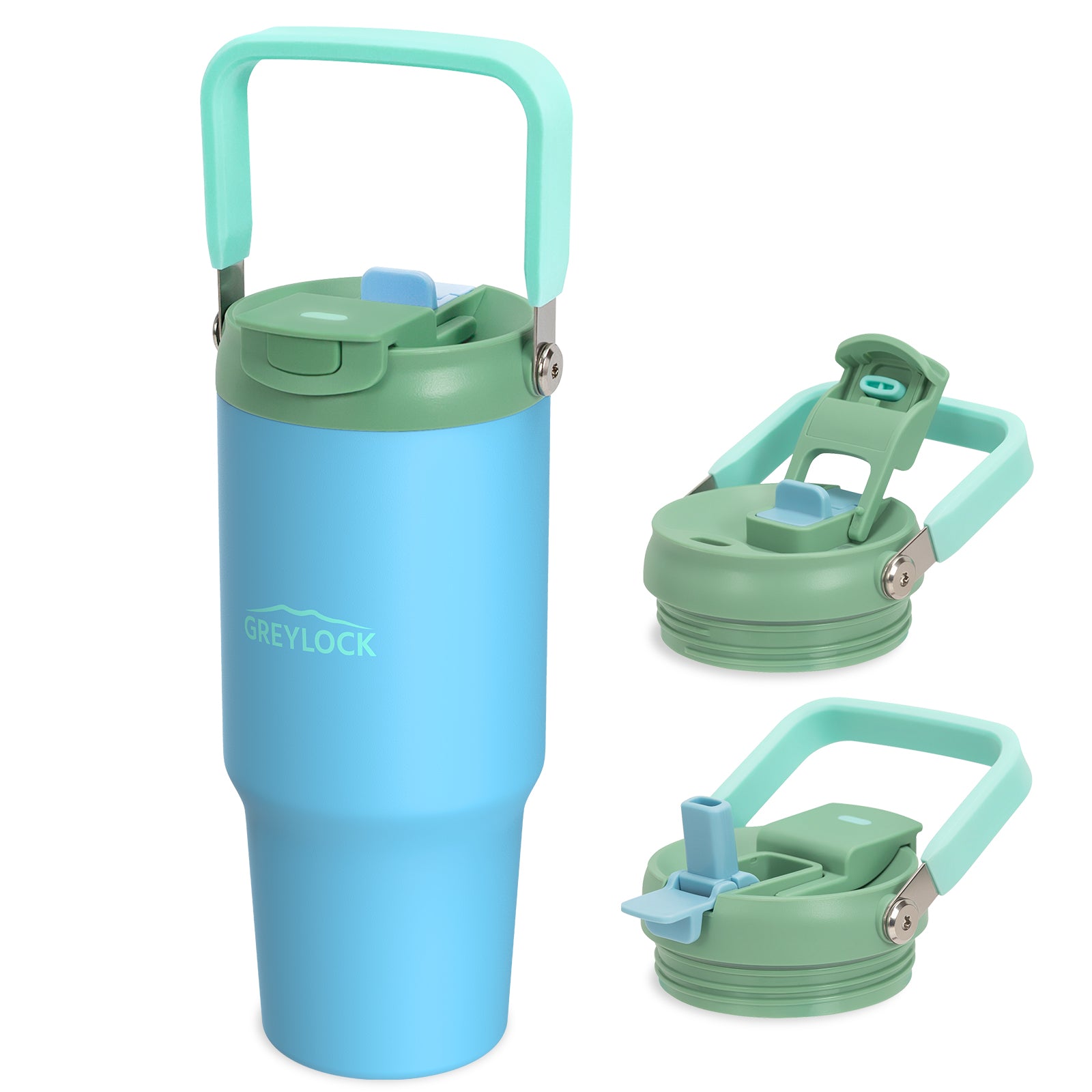
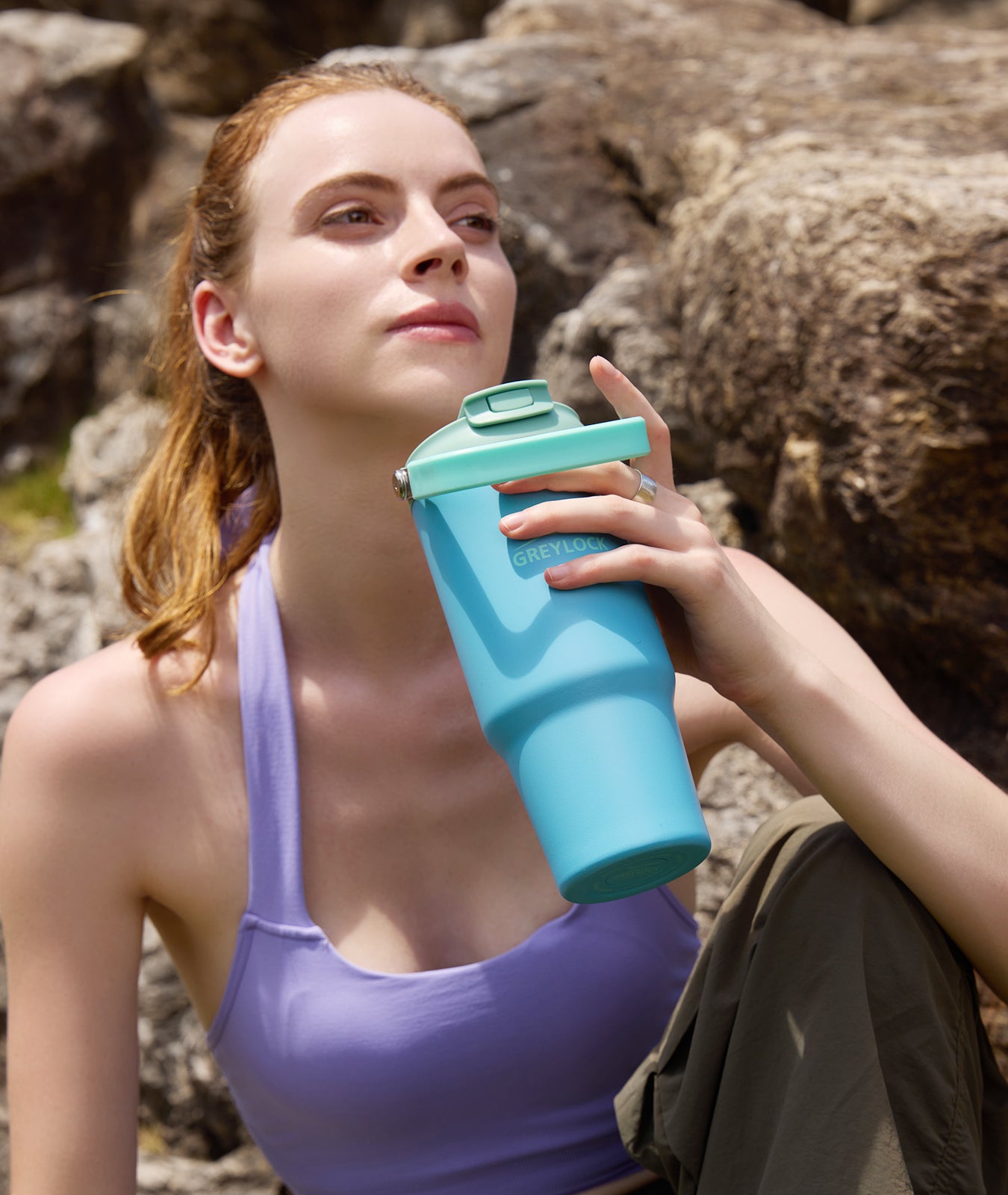

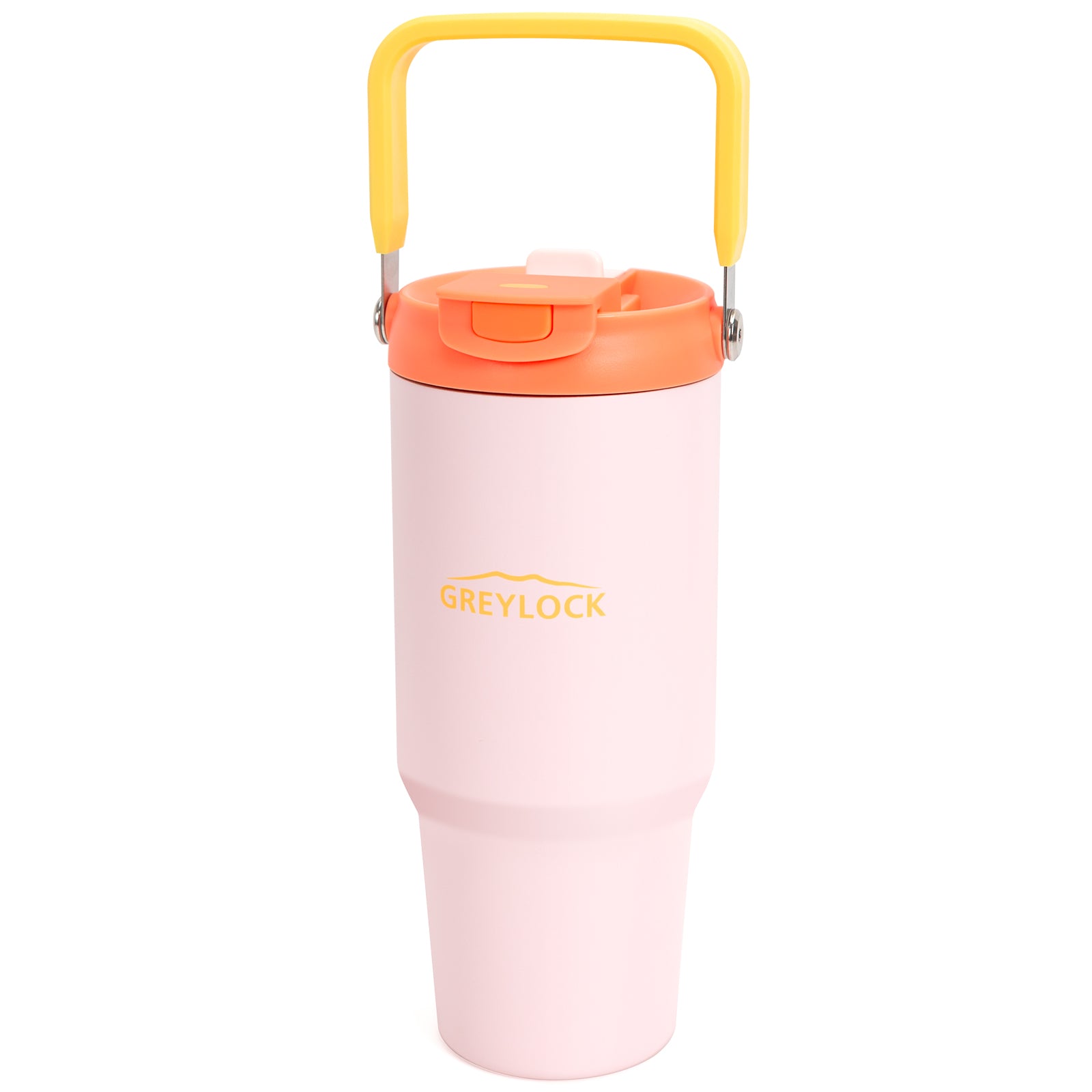
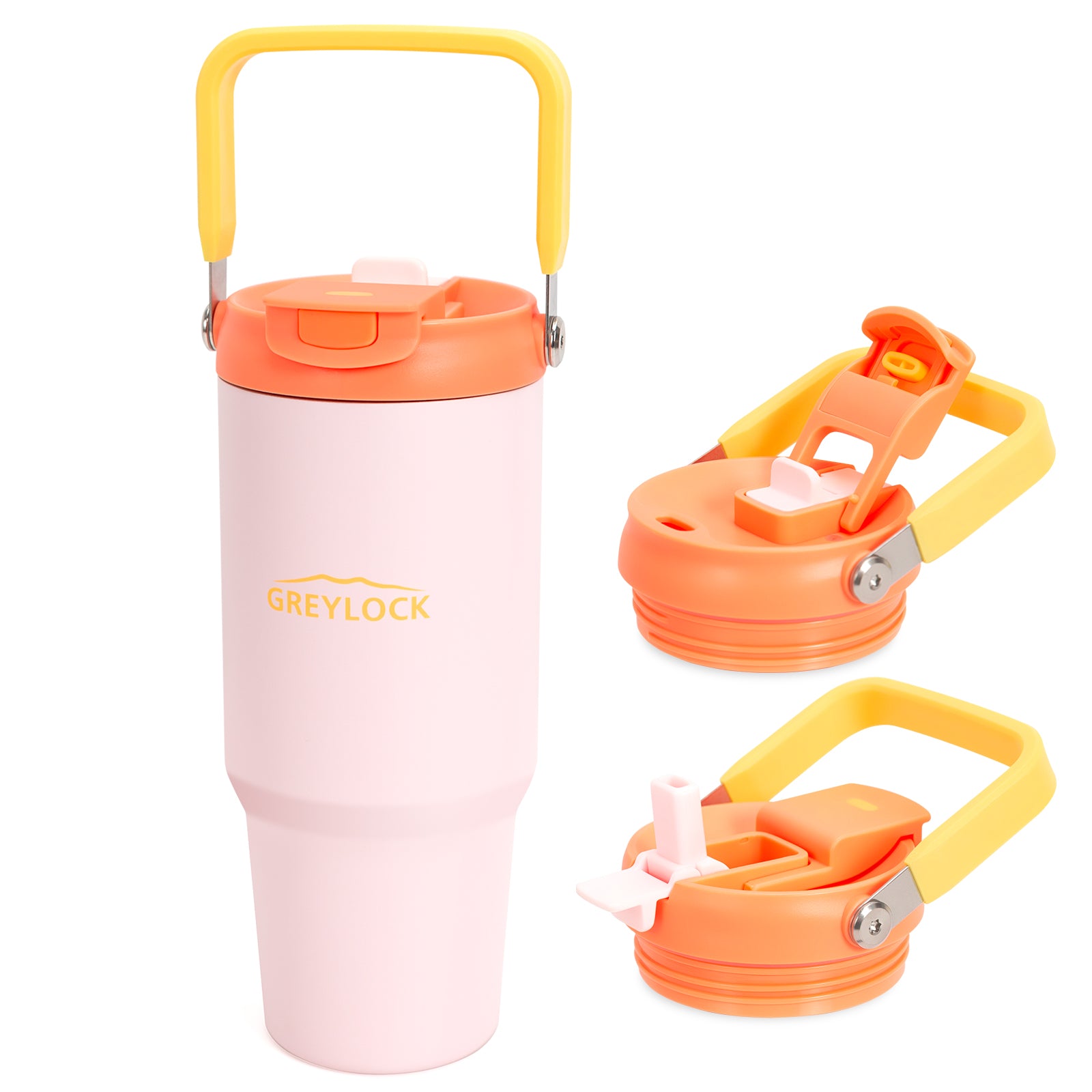
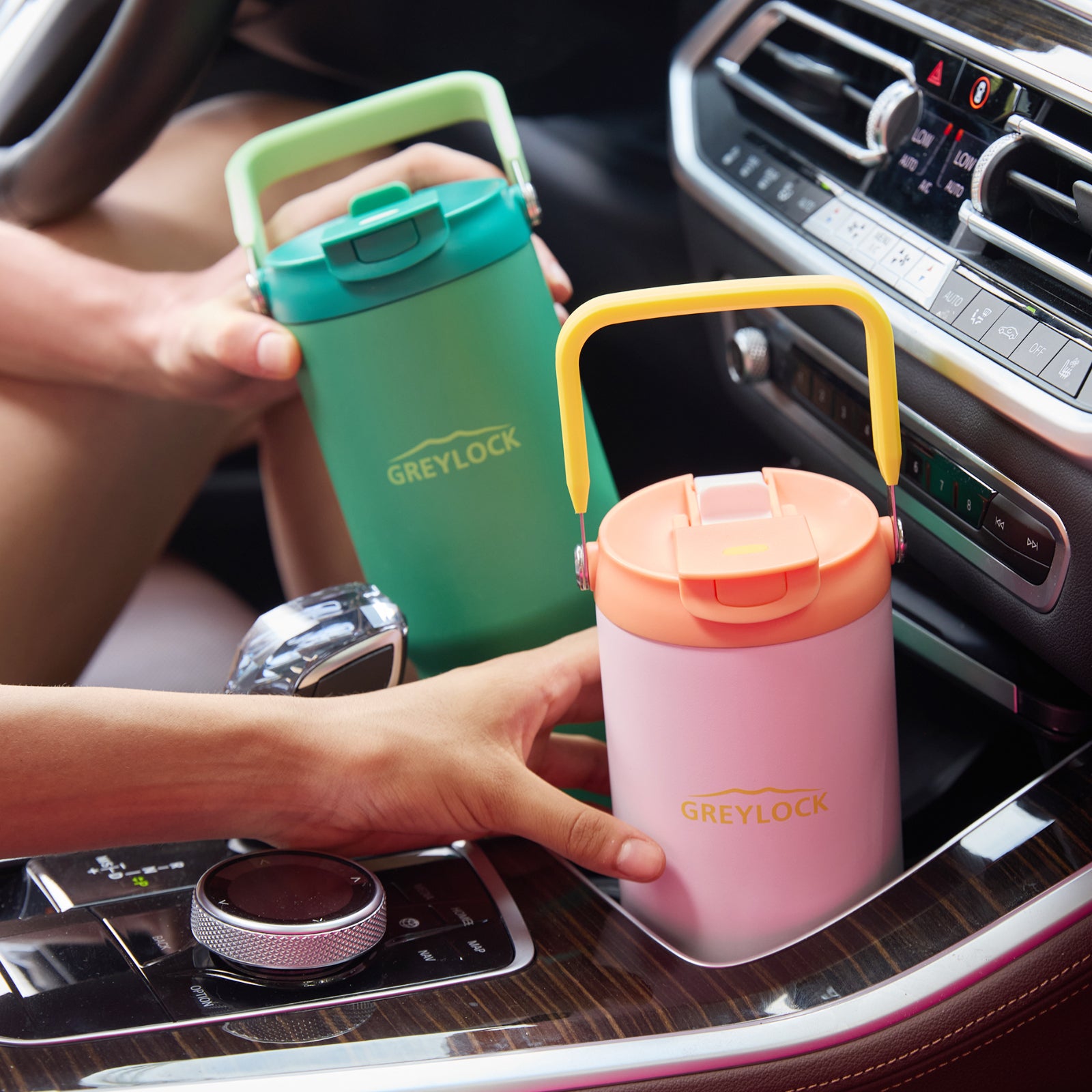

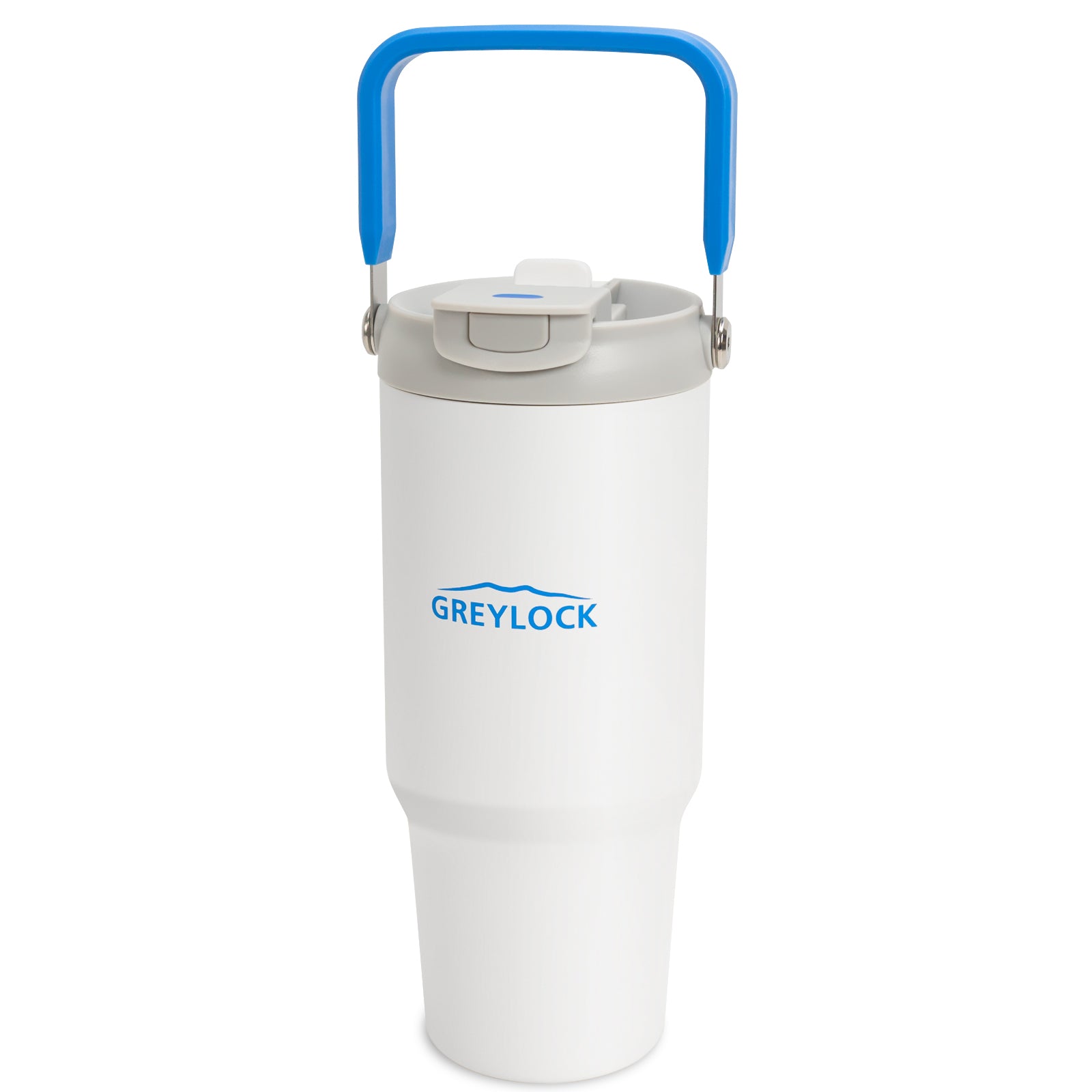
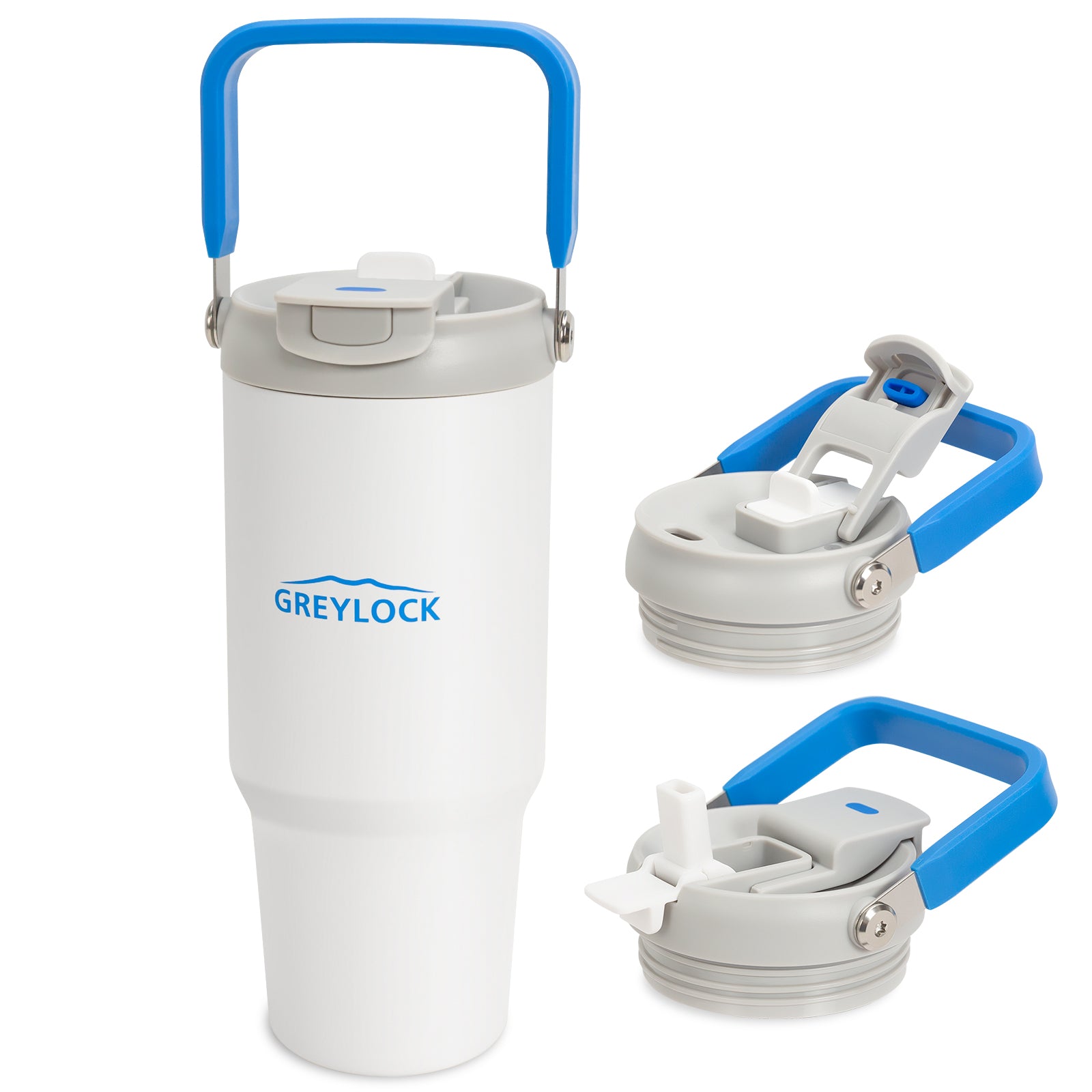
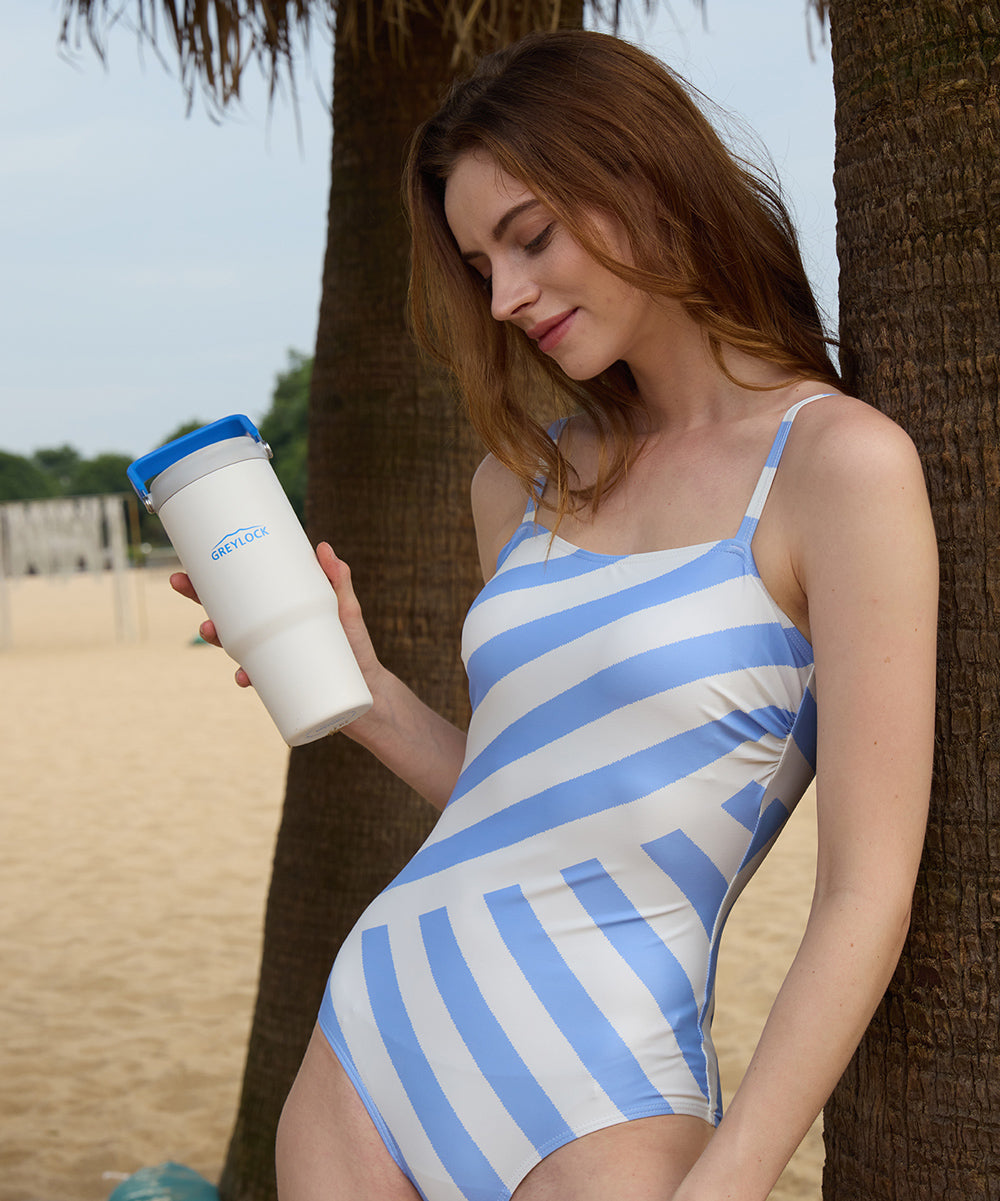
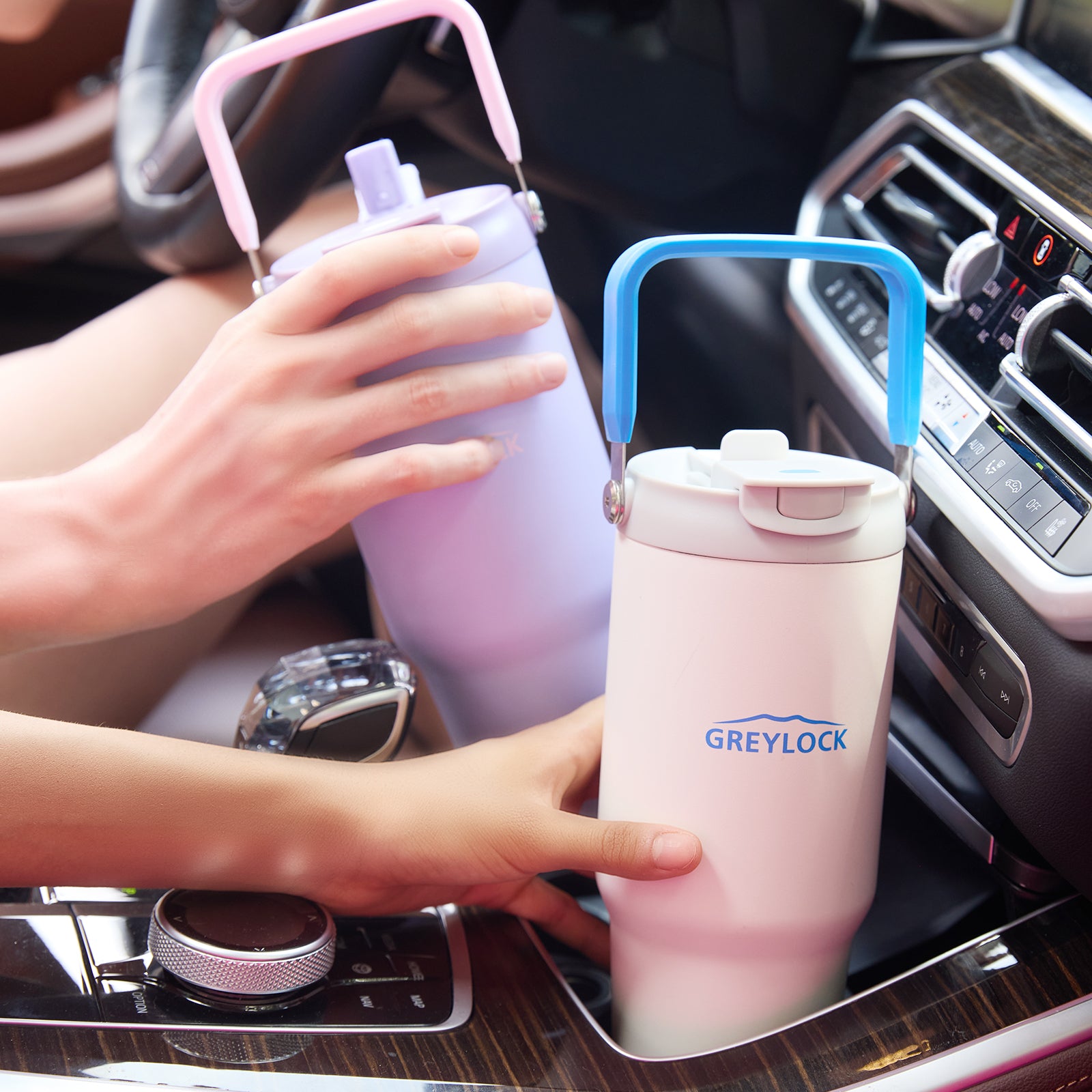


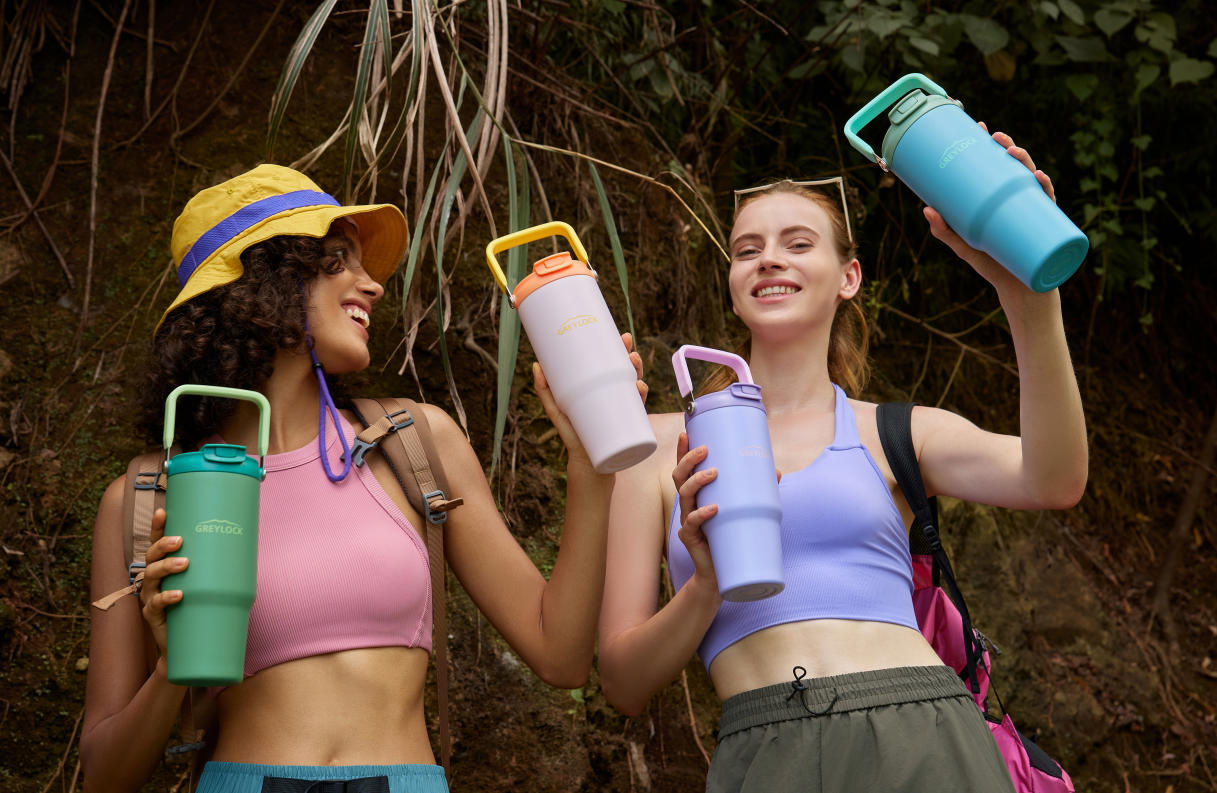
Share:
How Much Caffeine Is in a Cup of Coffee? Everything You Need to Know About Caffeine
Does Bottled Water Go Bad?